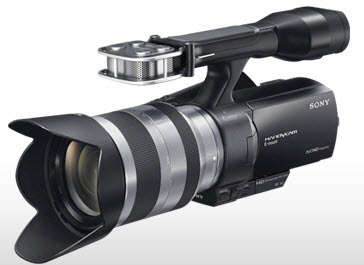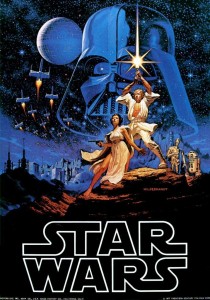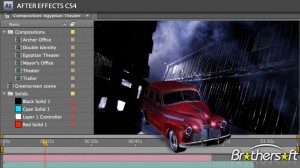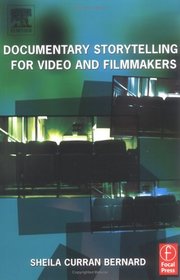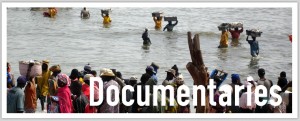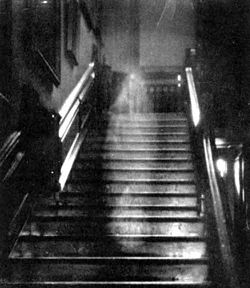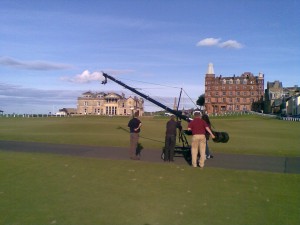 So the article that I read was about how to make an interview in a documentary look/be great. Before starting the interview you should gently prepare your subjects by telling them the general focus of the documentary. You should also not give your subjects the questions ahead of time. During the interview, the camera operator should listen intently to the questions/answers and adjusts the shots to emphasize the emotions of the moment.
So the article that I read was about how to make an interview in a documentary look/be great. Before starting the interview you should gently prepare your subjects by telling them the general focus of the documentary. You should also not give your subjects the questions ahead of time. During the interview, the camera operator should listen intently to the questions/answers and adjusts the shots to emphasize the emotions of the moment.
Another good thing to do is interview your subjects in a natural environment. You shouldn’t film all of your interviews in the same place. By changing up the environment, you can change the emotions of the interviewee. You should also choose a place with little to none background noise. If there is too much noise, you might not be able to do a voice-over interview.
Talk to your subjects to engage them and make them comfortable with talking to you, when you and your crew (if you have one) are setting up. You want to make your subject comfortable talking to you so they aren’t as tense during the interview. When you are asking the questions you should stand right beside the lens. You may not be comfortable, but your shot will look great. When ready for the interview, your subject can look you in the eye and you just have a conversation. You want your subject to answer your questions in complete statements, and have them repeat some of the question when they are answering if you want to do a voice-over.
I learned in this article that interviews are a very important part of a documentary depending on the subject. Also that you should start with the easiest questions first so you don’t get your subject nervous with your first questions. You should also not always stick to the script, if your subject says something in an answer that you want to know more about you should ask about it, and at the end you should ask if there is anything that you missed that they would like to talk about.
This will come in handy during class because in video 2 we need to make a documentary, and I know that I want to interview a handful of people and it would be great to use these tips.
Dr. Robert G. Nulph | April 2006

